Birding In The Everglades National Park:
A Complete Guide!
The Everglades National Park, a designated World Heritage Site and International Biosphere Reserve, spans across the southern tip of Florida and provides a unique and vital ecosystem for a diverse array of wildlife, particularly birds. This sprawling wetland offers one of the most extraordinary birding experiences in North America. Here, birders can explore a variety of habitats — from freshwater sloughs and marl prairies to mangrove swamps and coastal lowlands — each supporting different species of birds.

This comprehensive guide
This comprehensive guide will help you understand the nuances of birding in this ecological treasure, detailing the best spots, times, and practices to enhance your bird-watching experience. Whether you’re a seasoned birder or a curious newbie, this guide is your gateway to the vibrant avian life of the Everglades.
What You'll See: Common and Rare Birds of the Everglades
The Everglades National Park is home to over 360 species of birds. Here, birders can marvel at both the abundance and rarity of various species. Key species include the iconic American Flamingo, the striking Great Blue Heron, and the elusive Barred Owl. The park is also one of the significant breeding grounds for many wading birds and serves as a critical stopover for migratory species. Super colonies, such as those observed in recent years, highlight the park’s global importance for bird conservation.
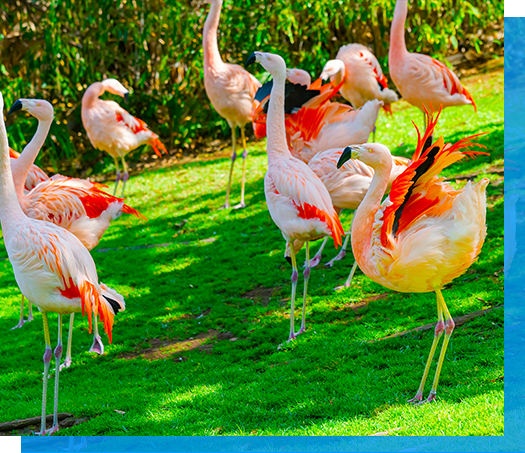
Notable Birds to Watch in the Everglades National Park
Here are 45 birds that are particularly noteworthy, each offering a unique glimpse into the avian diversity of the Everglades:
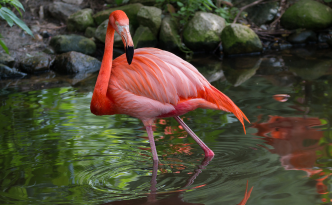
American Flamingo
Recognizable by its long legs and vibrant pink feathers.
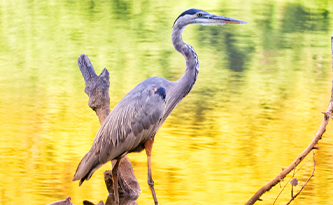
Great Blue Heron
Known for its impressive size and fishing skills, particularly under moonlight.

Barred Owl
Noted for its distinctive hooting and camouflaged plumage.

Anhinga
Often seen with wings spread to dry, lacking waterproof feathers.
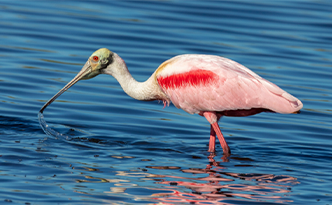
Roseate Spoonbill
Unmistakable with its pink coloring and spoon-shaped bill.
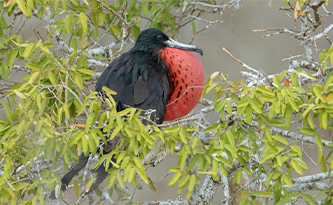
Magnificent Frigatebird
Males are famous for their red throat pouch during mating season.
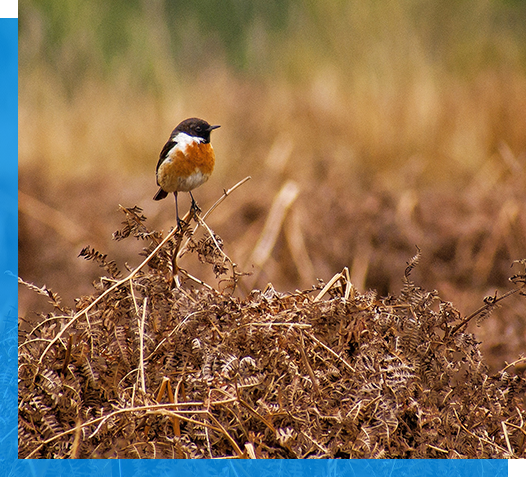
Best Times of Year to Visit for Bird Watching
Bird activity in the Everglades varies seasonally, making certain times of the year more suitable for bird watching. The dry season, from December to April, is optimal as water levels are lower, concentrating fish and other prey in smaller areas, which attracts a variety of bird species. This season also coincides with many birds’ nesting periods, providing visitors with the unique opportunity to observe nesting behaviors and interactions among birds.
During this time, water levels are lower, concentrating fish and other prey, making it easier for birds like the iconic American Coots and various species of pelicans to feed, which in turn allows for better viewing opportunities.
Prime Locations for Bird Watching in the Everglades
Royal Palm Visitor Center and Anhinga Trail
Start your birding adventure at the main park entrance near the Royal Palm Visitor Center. The Anhinga Trail, often referred to as the best spot to view birds like the Anhinga (often called the snake bird due to its long neck) and other waterfowl, is a must-visit. This trail is wheelchair accessible and features a boardwalk that allows you to observe a rich variety of birdlife at close range.

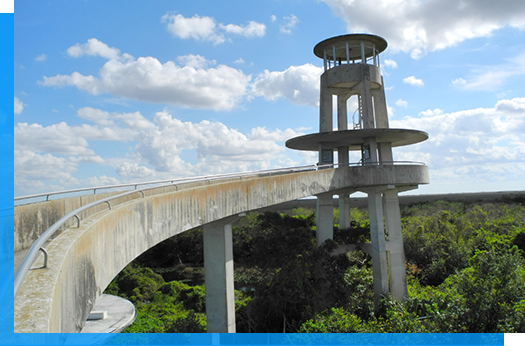
Shark Valley and Tram Road
For a more expansive view of the Everglades, head to Shark Valley. The Tram Road here offers a guided tour that provides insights into the ecology of the area and offers sightings of birds such as the Swallow-tailed Kites and Barred Owls. The observation tower at the end of the trail gives a panoramic view of the park, where you can spot Wood Storks and other birds soaring above.
Florida Bay and Nine Mile Pond
Exploring Florida Bay is essential for any birder. This area is accessible from the Flamingo Visitor Center and offers boat tours where you might see pelicans and Bald Eagles. Nine Mile Pond is famous for its canoe trail that winds through beautiful mangroves and open water areas, providing opportunities to see Mottled Ducks and White Crowned Pigeons.
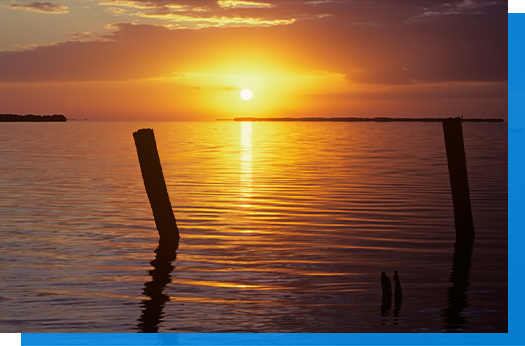
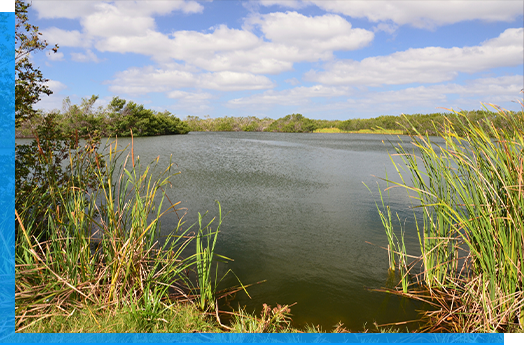
Paurotis Pond and Mrazek Pond
These ponds are known for their large wading bird populations, including the striking Roseate Spoonbills and various egrets. Paurotis Pond, especially, is a significant breeding ground for many of these species and is bustling with activity during the winter months.
West Lake and Gumbo Limbo Trail
The mangrove-lined West Lake offers a chance to see different species such as the secretive American Coots and various species of herons and egrets. The nearby Gumbo Limbo Trail is an excellent spot for a quiet walk under the shade of Gumbo Limbo trees, with opportunities to observe diverse birdlife and other animals.
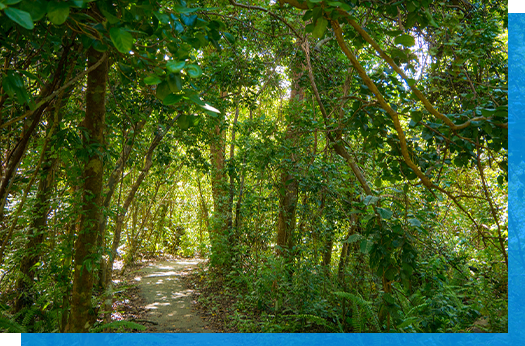

Coe Visitor Center and Homestead Entrance
The Coe Visitor Center, near the Homestead entrance, is the starting point for many visitors. Here, you can plan your visit and get advice on recent bird sightings. This entrance is also near several habitats that are perfect for birding, including open water and marsh areas.
Tips for Maximizing Your Birding Experience

Early Morning
The best bird activity is often in the early hours, so starting your day at sunrise can be very rewarding.

Quiet Observation
Many birds are easily startled, so quiet and patient observation is key to a successful birding experience.

Guided Tours
Consider joining a guided birding tour for expert insights and hidden spots. Tours are available throughout the park, including special birding tours.

Checklists and Apps
Utilize birding checklists and apps to keep track of sightings and learn more about each species you encounter.
Birding in the Everglades National Park is more than just a pastime; it’s an immersive experience into one of the most diverse ecosystems on Earth.
Nesting Seasons
The Everglades national park is the most significant breeding ground in contiguous united states and North America.
- Wading Birds: Many species, including the Wood Stork and various herons, nest during the dry season when fish are easier to catch due to lower water levels.
- Coastal Birds: These birds generally nest from March to September and are less affected by the fluctuation of water levels in the Everglades.
- Super Colonies: Rare but spectacular, super colonies occur when conditions are perfect, leading to large gatherings of nesting birds. These were last seen in significant numbers in 2018.

Essential Gear and Tips for Birdwatchers
To maximize your birding experience in the Everglades, it’s essential to come prepared:
Binoculars
A good pair of binoculars is indispensable for spotting birds at a distance.

Field Guides
Carry a field guide to help identify species and understand their behaviors.

Comfortable Clothing
Wear appropriate clothing for the season; light colors and layers work best.
Insect Repellent
Mosquitoes can be a nuisance; always have repellent handy.

Water and Snacks
Stay hydrated and energized during your excursions.
Camera
A camera with a good zoom can capture detailed photos of birds from a distance.
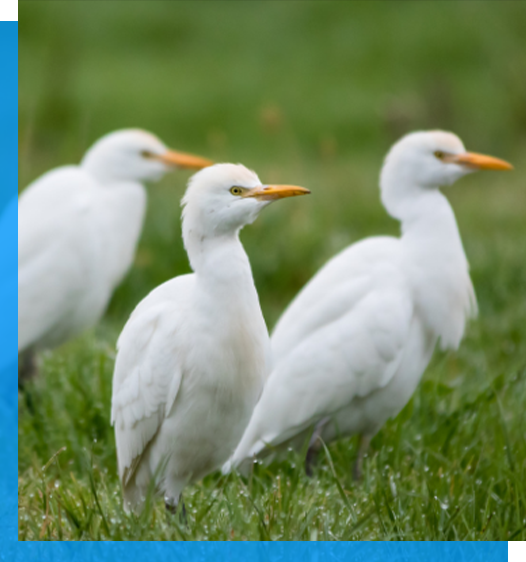
Conservation Efforts and How You Can Help
The Everglades National Park is a vital habitat for many bird species, some of which are endangered or have restricted ranges. Conservation efforts are crucial in preserving these species and their habitats. Visitors can contribute by respecting all wildlife, following designated trails, and supporting conservation initiatives through donations or volunteer work.
By understanding and appreciating the rich bird life of the Everglades, birders and visitors can contribute to the ongoing efforts to preserve this incredible ecosystem for future generations. Enjoy your birding adventure in the Everglades National Park, and remember, every visit should leave no trace and only take memories.